Transforming your crested gecko’s vivarium into a lush, tropical paradise not only enhances its aesthetic appeal but also creates a more natural and enriching environment for your pet. Crested geckos (Correlophus ciliatus) hail from the dense forests of New Caledonia, where vegetation provides them with hiding spots, climbing opportunities, and humidity regulation. Selecting the right plants for your gecko’s habitat can dramatically improve their quality of life while creating a stunning display that mimics their natural habitat. This comprehensive guide will explore the best plant options for your crested gecko’s vivarium, considering factors such as safety, maintenance requirements, and compatibility with your pet’s behaviors.
Understanding Crested Gecko Habitat Requirements

Before selecting plants for your vivarium, it’s essential to understand the natural habitat of crested geckos and how plants function within it. In the wild, these arboreal lizards inhabit humid forest environments where they climb among branches and foliage. The ideal vivarium should maintain humidity levels between 60-80% while providing ample climbing structures and hiding spots. Plants play a crucial role in maintaining humidity through transpiration, creating microhabitats within the enclosure, and offering natural perching and sleeping spots. When designing your planted vivarium, consider how the vegetation will contribute to these habitat requirements while allowing enough open space for your gecko to move freely and for you to observe your pet.
Benefits of Live Plants in Crested Gecko Vivariums

Incorporating live plants into your crested gecko’s environment offers numerous advantages over artificial alternatives. Live plants actively contribute to the vivarium’s ecosystem by helping maintain humidity levels through transpiration and improving air quality by absorbing carbon dioxide and releasing oxygen. They create a more bioactive setup where beneficial microorganisms can thrive, potentially reducing the frequency of deep cleanings needed. Psychologically, a naturalistic habitat with living plants provides environmental enrichment that can reduce stress and encourage natural behaviors in your gecko. Additionally, many keepers report that their geckos display more confident and exploratory behaviors in planted environments, using the foliage for security during daytime rest periods and as launching points during their active evening hours.
Safety Considerations for Planted Vivariums
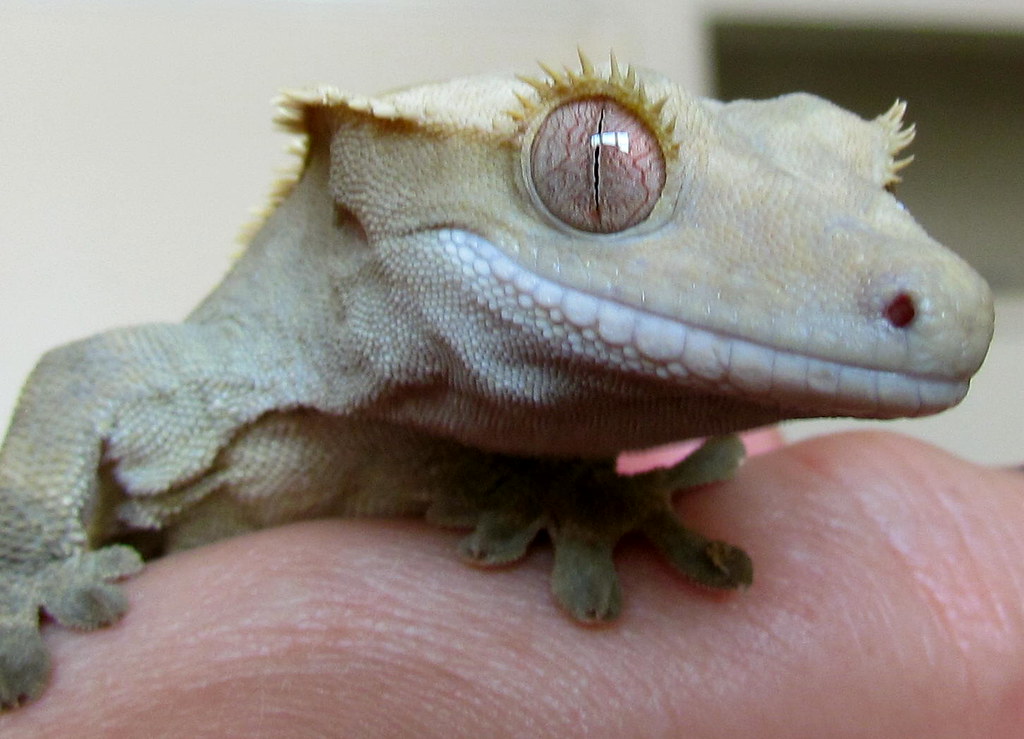
When selecting plants for your crested gecko’s home, safety must be your primary concern. Avoid all plants that are toxic to reptiles, including common houseplants like pothos, philodendron, and peace lilies, all of which contain calcium oxalate crystals that can cause oral irritation and digestive issues. Ensure that any plants you introduce are free from pesticides, fertilizers, and other chemicals that could harm your gecko. Purchase plants from reptile-specific suppliers when possible, or thoroughly clean nursery plants by removing all soil and rinsing the roots and foliage before replanting in organic, reptile-safe substrate. Avoid plants with sharp edges, thorns, or sticky sap that could injure your gecko during its nocturnal activities. Finally, consider that while crested geckos aren’t typically plant-eaters, they may occasionally nibble on vegetation, making non-toxic options absolutely essential.
Pothos Alternatives: Safe Trailing Plants
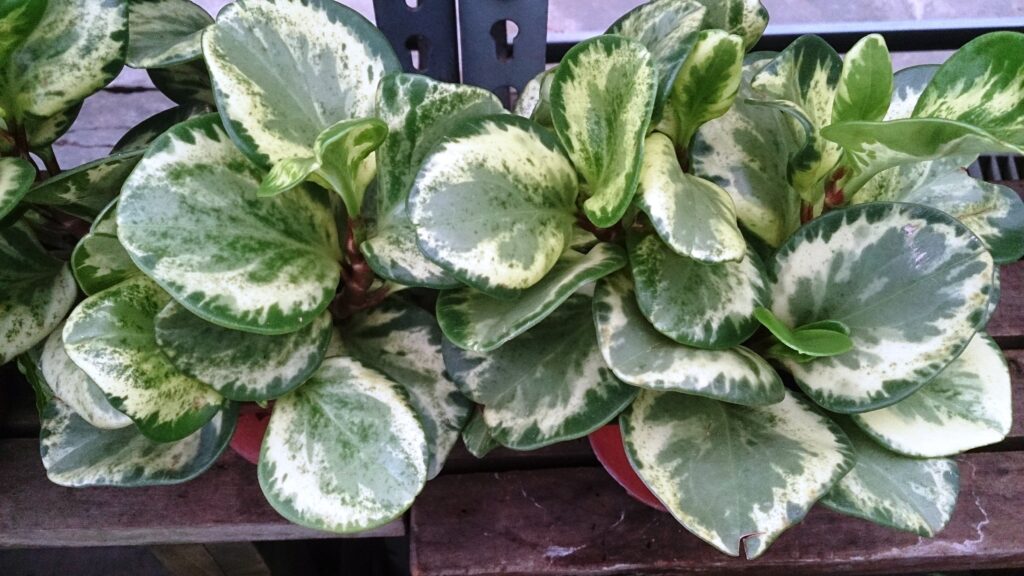
While pothos is commonly recommended for reptile enclosures, it’s actually mildly toxic to crested geckos and should be avoided. Fortunately, several safe trailing plant alternatives can create the same lush, cascading effect. Peperomia varieties, particularly peperomia obtusifolia (baby rubber plant) and peperomia rotundifolia (trailing jade), offer attractive, trailing growth patterns without toxic properties. These plants feature thick, succulent-like leaves that stand up well to the occasional gecko walking across them. Another excellent option is Tradescantia zebrina (wandering jew), which produces beautiful purple-striped foliage that adds visual interest while being completely safe for your gecko. For a delicate, feathery appearance, consider Nephrolepis species (Boston fern) which creates excellent cover and climbing opportunities while helping maintain humidity.
Bromeliads: Perfect Centerpiece Plants
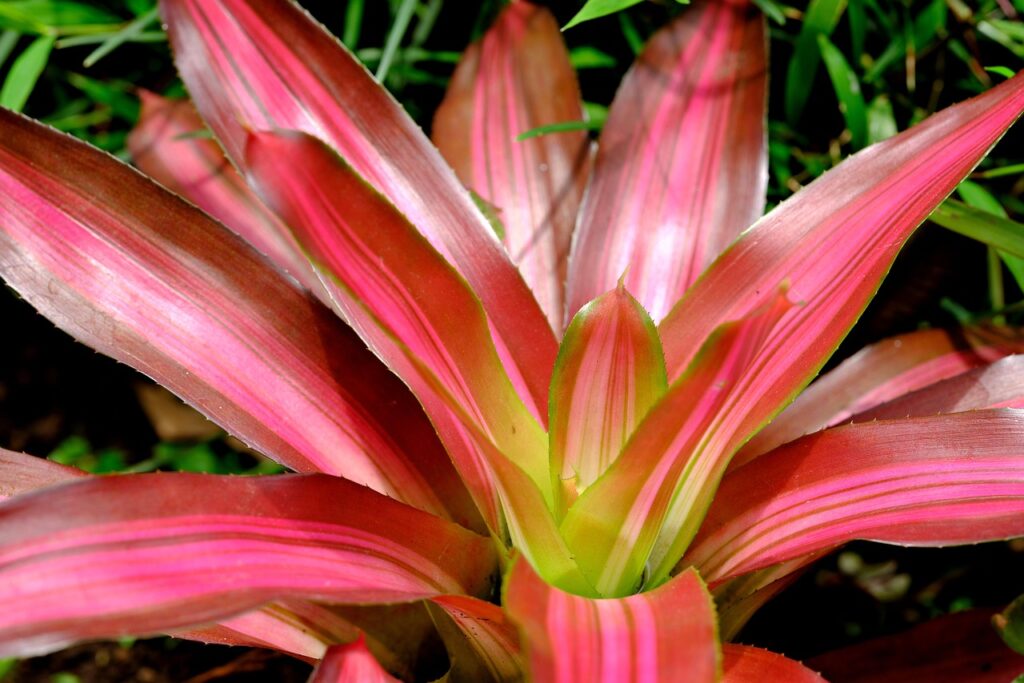
Bromeliads are among the most popular and suitable plants for crested gecko vivariums, offering both aesthetic appeal and practical benefits. These striking plants naturally collect water in their central cup (called a tank), which can serve as a water source for your gecko and help maintain humidity levels. Neo bromeliads (Neoregelia species) are particularly well-suited for vivariums due to their compact size and ability to withstand the environmental conditions inside the enclosure. Their rigid leaves provide stable climbing surfaces for geckos, and many varieties display spectacular coloration patterns that range from deep reds and purples to striped patterns. Bromeliads are epiphytic, meaning they naturally grow attached to trees rather than in soil, making them perfect for mounting on backgrounds or branches in your vivarium, saving valuable floor space.
Ferns for Creating Microhabitats
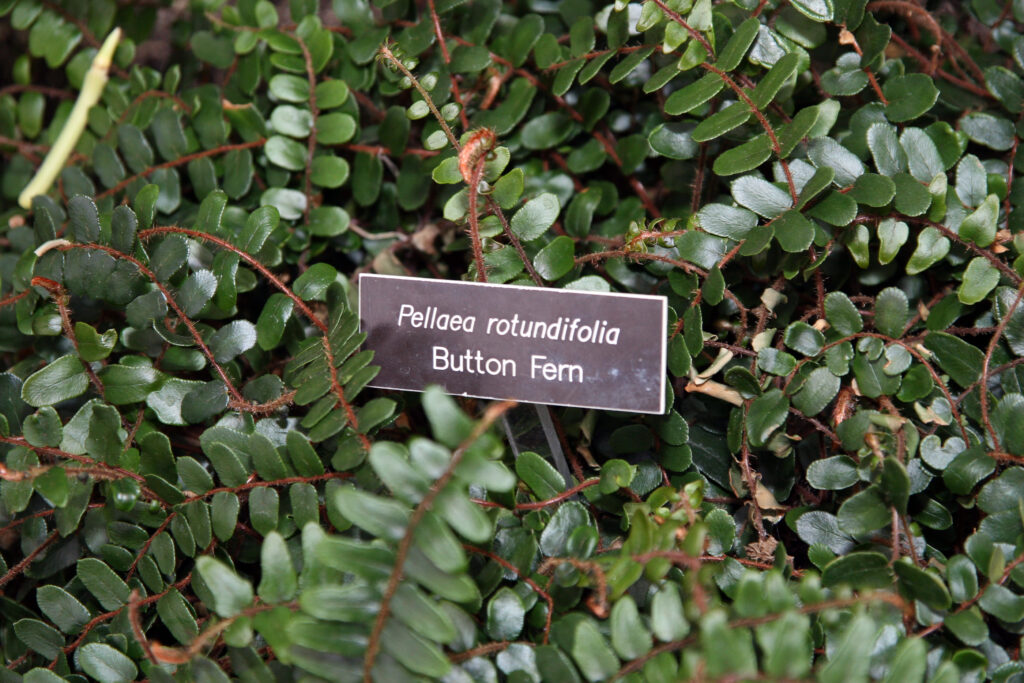
Ferns are excellent additions to crested gecko vivariums as they thrive in the same humid conditions that your pet requires. These ancient plants create lush, layered microhabitats that offer security and enrichment for your gecko. Bird’s nest ferns (Asplenium nidus) feature broad, rippled leaves that provide excellent hiding spots and surfaces for water droplets to collect for your gecko to drink. Button ferns (Pellaea rotundifolia) offer delicate, rounded leaflets on wiry stems that add texture without taking up excessive space. For smaller vivariums, consider the compact maidenhair fern (Adiantum species) with its delicate, fan-like foliage that creates a soft, airy appearance. Ferns generally prefer indirect light and high humidity, making them well-adapted to the conditions typically maintained in crested gecko enclosures.
Orchids: Adding Vertical Interest
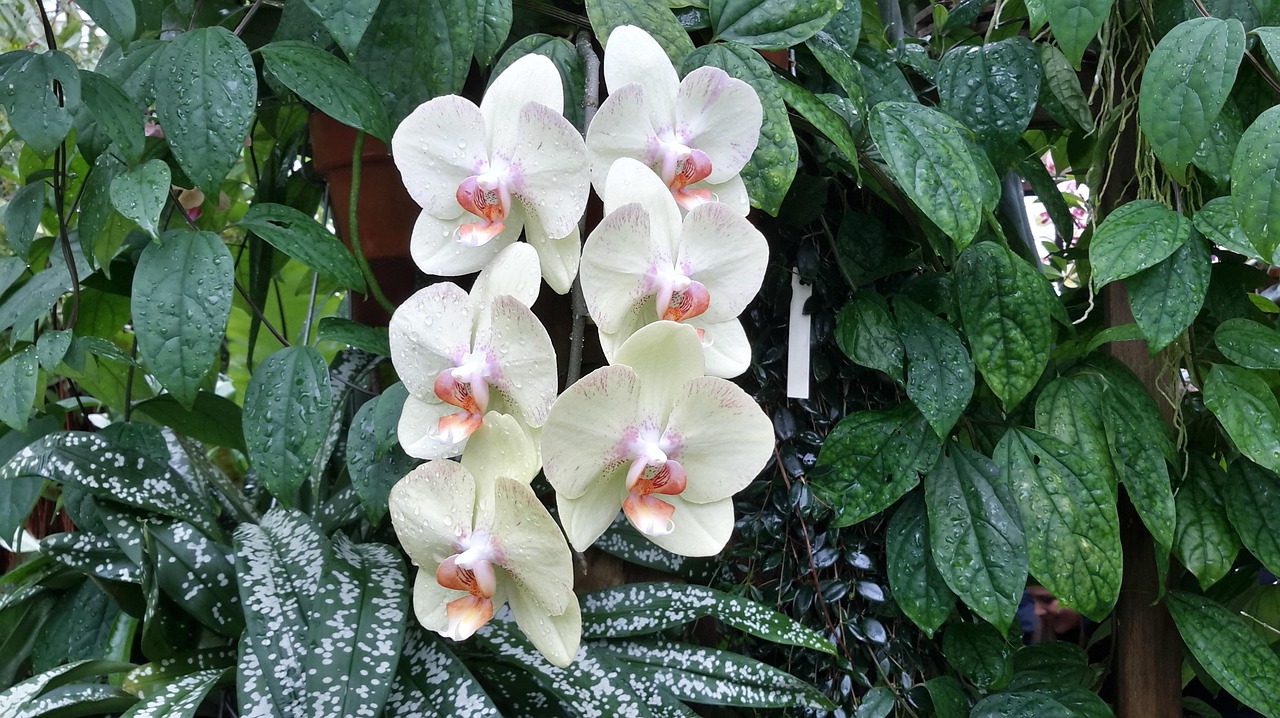
Orchids can make spectacular additions to more advanced crested gecko vivariums, offering unique growth habits and occasionally stunning blooms. These epiphytic plants naturally grow attached to trees in tropical environments, making them ideal for mounting on backgrounds or branches in your enclosure. Miniature Phalaenopsis varieties and Dendrobium species are particularly suitable for vivarium conditions, requiring similar temperature and humidity levels as crested geckos. Their aerial roots provide additional climbing structures, while their compact growth habit prevents them from overwhelming the space. For beginners, jewel orchids (Ludisia discolor) are more forgiving options that grow terrestrially and feature striking velvet-like foliage with silver or gold veining, adding visual interest even when not in bloom.
Ground Cover Plants for Floor Diversity
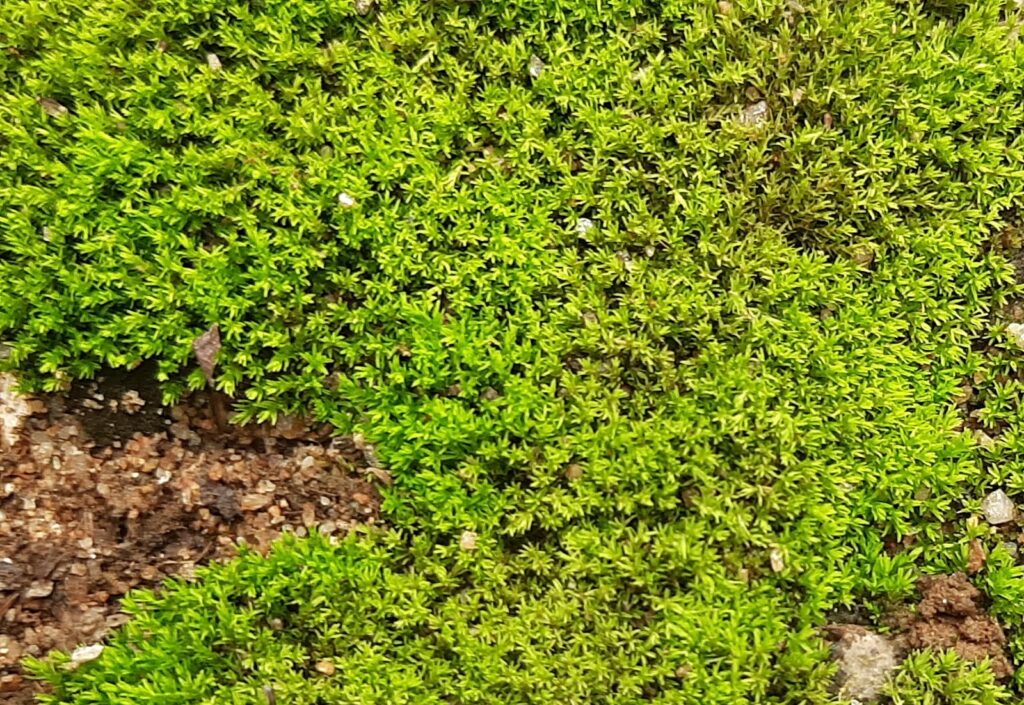
The floor of your crested gecko’s vivarium deserves as much attention as the vertical spaces, and appropriate ground cover plants can create a lush foundation for your bioactive setup. Pillow moss (Leucobryum species) and sheet moss (Hypnum species) provide excellent moisture retention while creating a natural-looking forest floor. For flowering ground covers, African violets (Saintpaulia) add colorful blooms and interesting textured foliage while remaining compact. Selaginella (spike moss) creates a carpet-like effect with its fern-like appearance and helps maintain humidity at the substrate level. These ground covers not only enhance the aesthetic appeal of your vivarium but also support a healthy bioactive system by providing habitat for beneficial microfauna like springtails and isopods that help break down waste.
Air Plants: Low-Maintenance Options
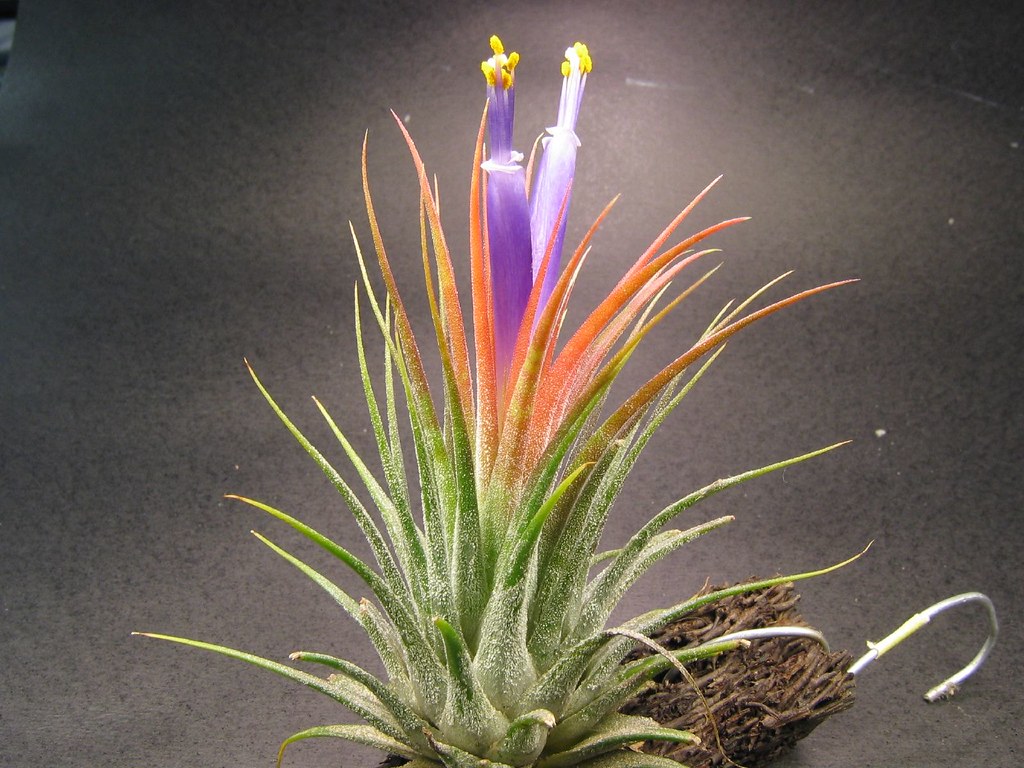
Air plants (Tillandsia species) offer unique advantages for crested gecko keepers looking for low-maintenance plant options that don’t require soil. These fascinating epiphytes absorb moisture and nutrients directly from the air through specialized structures called trichomes, which give them their characteristic silvery appearance. Their soil-free growing requirements make them ideal for mounting on branches, cork bark, or vivarium backgrounds where they won’t take up valuable floor space. Varieties like Tillandsia ionantha and Tillandsia bulbosa remain relatively small and can be strategically placed throughout the enclosure to create interest at different levels. Maintenance simply involves misting the plants several times a week, which coincides perfectly with the humidity needs of your crested gecko.
Lighting Considerations for Vivarium Plants
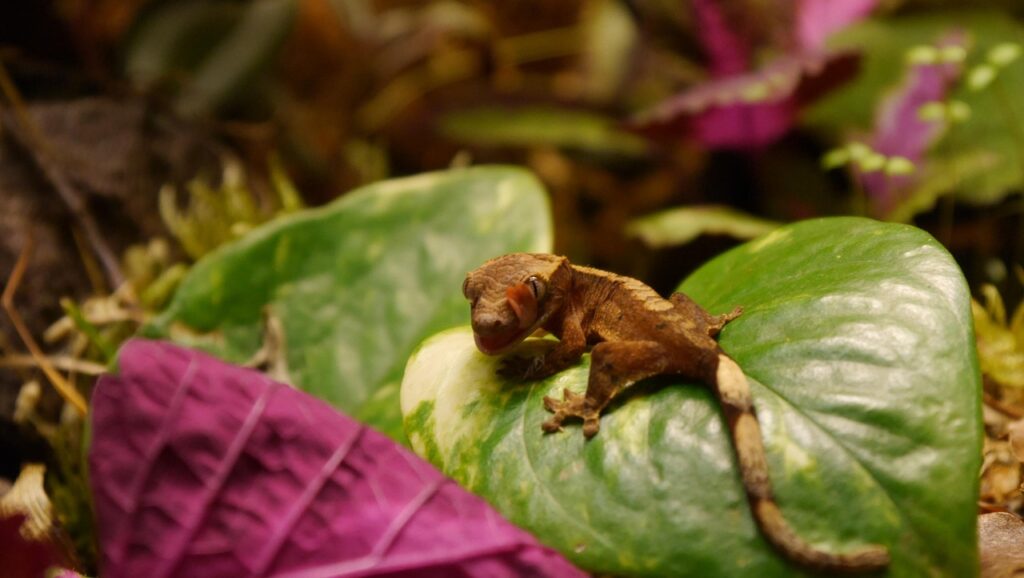
Balancing the lighting needs of your plants with the preferences of your crested gecko requires careful consideration. Crested geckos are crepuscular to nocturnal and prefer moderate to dim lighting, while most plants require at least some light to thrive. LED plant lights designed specifically for vivariums offer an excellent solution, providing the specific light spectrum plants need without generating excessive heat or brightness that might stress your gecko. Position lighting fixtures to create gradients, allowing your gecko to choose between brighter and more shaded areas. Time your lighting schedule to approximately 12 hours on/12 hours off to support plant growth while maintaining a natural day/night cycle for your pet. For especially light-sensitive geckos, focus on selecting shade-tolerant plants like ferns, peperomias, and certain bromeliads that can thrive with minimal lighting.
Planting and Maintenance Techniques
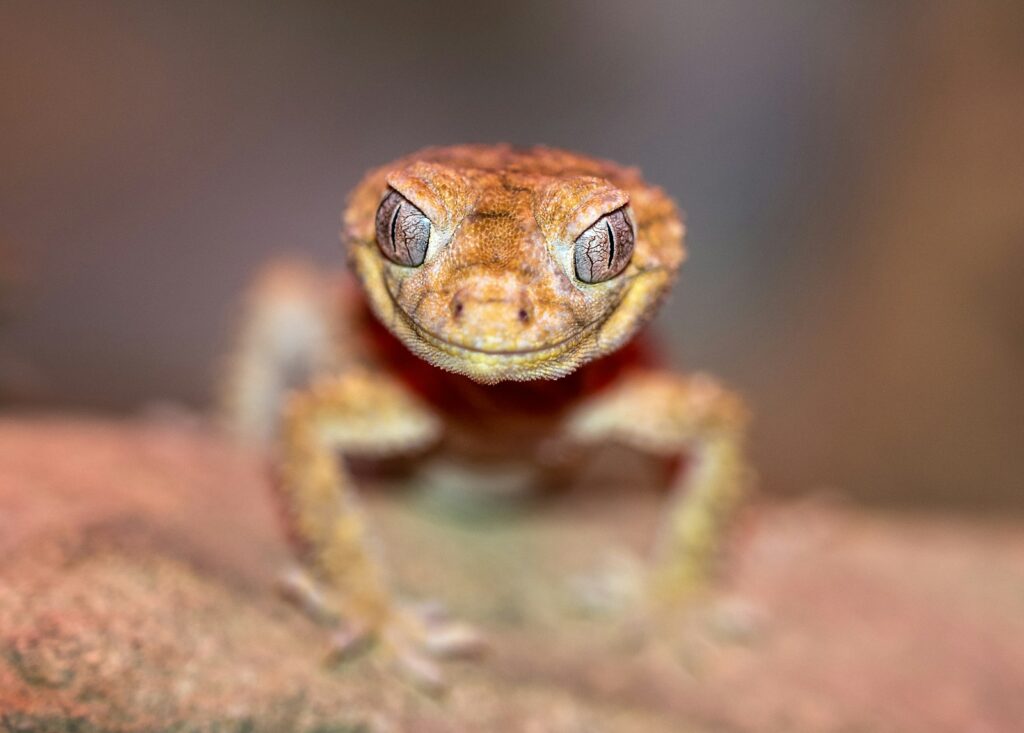
Proper planting and maintenance techniques are essential for creating a thriving planted vivarium that remains healthy over time. When establishing plants, use a substrate suitable for both your gecko and your chosen plant species—a mix of organic potting soil, orchid bark, sphagnum moss, and charcoal often works well for most vivarium plants. Consider creating drainage layers with lightweight expanded clay pellets (LECA) beneath the substrate to prevent waterlogging and root rot. For maintenance, remove any dead or decaying plant material promptly to prevent mold growth, and prune plants as needed to maintain appropriate space for your gecko to move around. Fertilize very sparingly, if at all, using only reptile-safe organic options at quarter strength to avoid introducing harmful chemicals into your gecko’s environment.
Bioactive Setups: Creating a Self-Sustaining Ecosystem
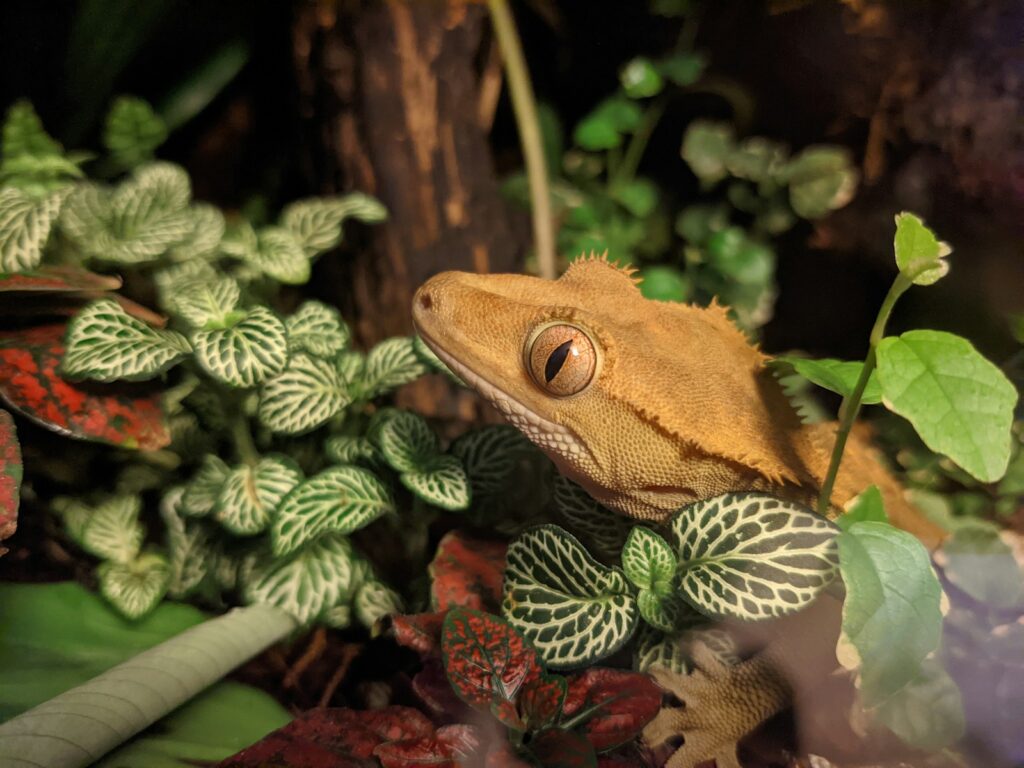
Taking your planted vivarium to the next level, a bioactive setup introduces beneficial microorganisms and small custodial creatures that help break down waste and maintain a healthier environment. In a properly established bioactive enclosure, springtails and isopods (commonly called “cleanup crew”) consume waste materials, including gecko droppings and dead plant matter, recycling them into nutrients for your plants. This natural cycle reduces the need for frequent deep cleanings while creating a more naturalistic environment. The substrate in bioactive vivariums typically includes additional components like leaf litter, wood decomposers, and beneficial microbes to support this mini-ecosystem. While requiring more initial setup effort, bioactive enclosures often prove easier to maintain long-term and provide additional behavioral enrichment for your crested gecko through the diverse microhabitats they create.
Troubleshooting Common Plant Issues
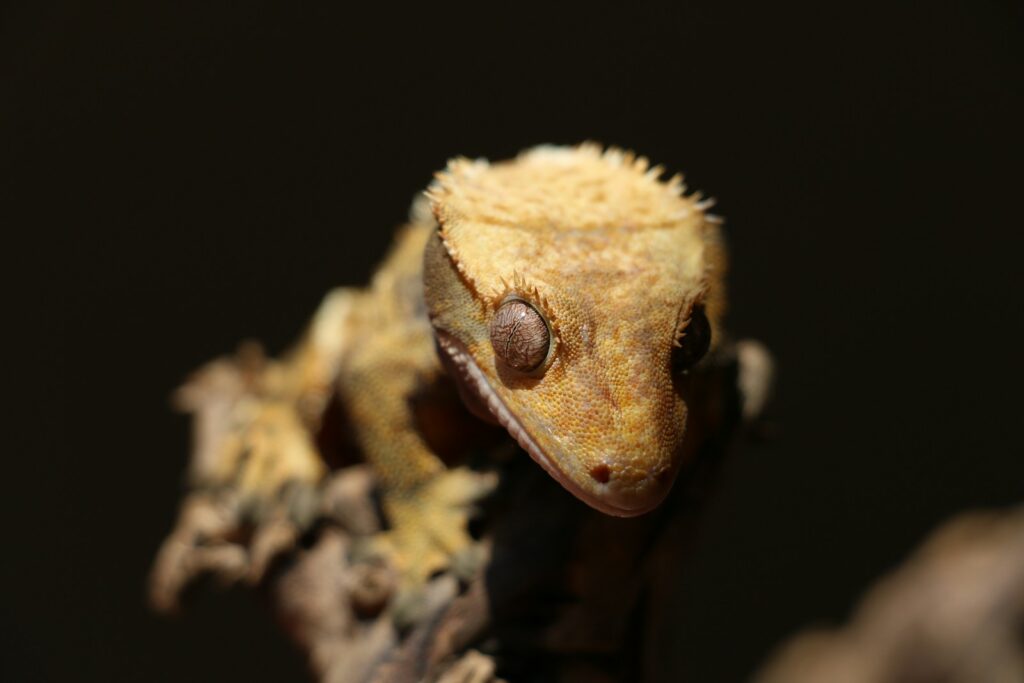
Even with careful selection and maintenance, you may encounter challenges with plants in your crested gecko’s vivarium. Yellowing leaves often indicate overwatering or poor drainage, which can be addressed by adjusting your misting schedule or improving the drainage layer beneath your substrate. Conversely, brown, crispy leaf edges typically signal insufficient humidity or too much direct light. If plants begin stretching or leaning excessively toward the light source, they’re likely not receiving adequate illumination and may benefit from supplemental grow lights or repositioning. Pest issues like fungus gnats can emerge in overly moist conditions; these can often be controlled by allowing the top layer of substrate to dry between mistings and by introducing additional springtails to compete with the pest larvae. Remember that some plant loss during the establishment phase is normal as the vivarium finds its equilibrium.
Seasonal Adjustments for Plant Health
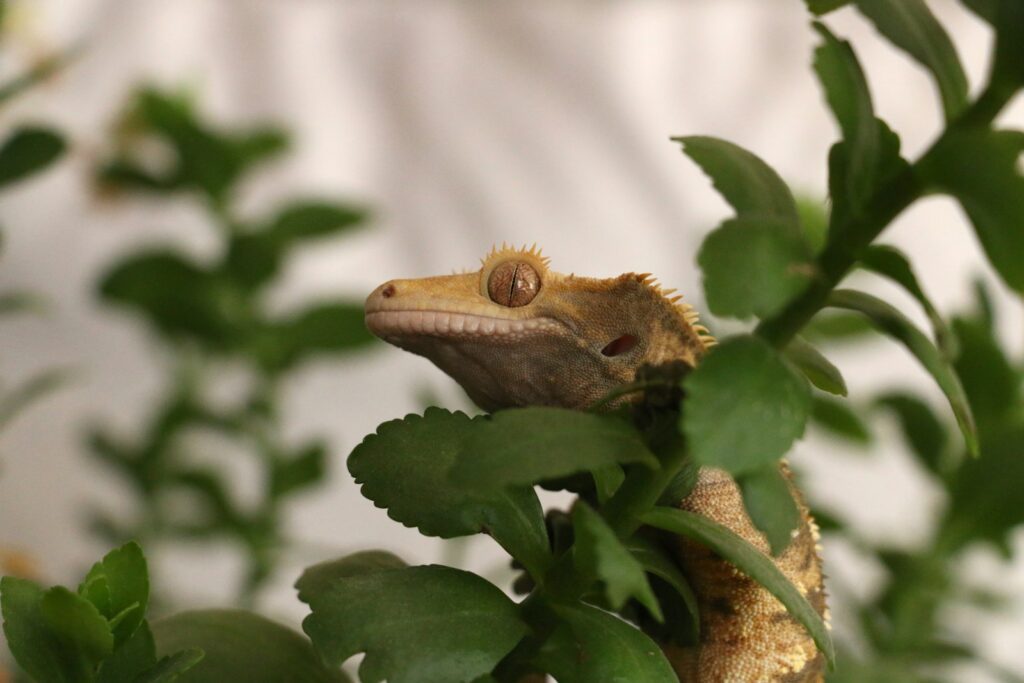
Just like in their natural habitats, vivarium plants may benefit from seasonal adjustments to their care regimen throughout the year. Many tropical plants experience natural growth cycles that respond to subtle seasonal changes, even in the controlled environment of a vivarium. During winter months, plants typically enter a period of slower growth that requires less frequent fertilization and slightly reduced watering, even while maintaining the humidity needs of your crested gecko. Conversely, spring and summer often trigger more vigorous growth phases that may necessitate more frequent pruning to prevent overcrowding. Pay attention to your plants’ responses and adjust accordingly, recognizing that some species may benefit from occasional “rest periods” with slightly reduced temperatures or lighting duration to mimic natural cycles and promote long-term health.
Creating a beautifully planted vivarium for your crested gecko requires thoughtful planning and ongoing care, but the rewards are well worth the effort. A naturalistic enclosure with appropriate plant species not only creates a visually stunning display but also significantly enhances your pet’s quality of life by providing a more stimulating and environmentally suitable habitat. By selecting safe, compatible plants and understanding their care requirements, you can create a thriving miniature ecosystem where both your gecko and its botanical companions flourish together. Remember that each vivarium develops its own unique character over time, so be patient and enjoy the process of nurturing this living slice of your pet’s natural habitat right in your home.

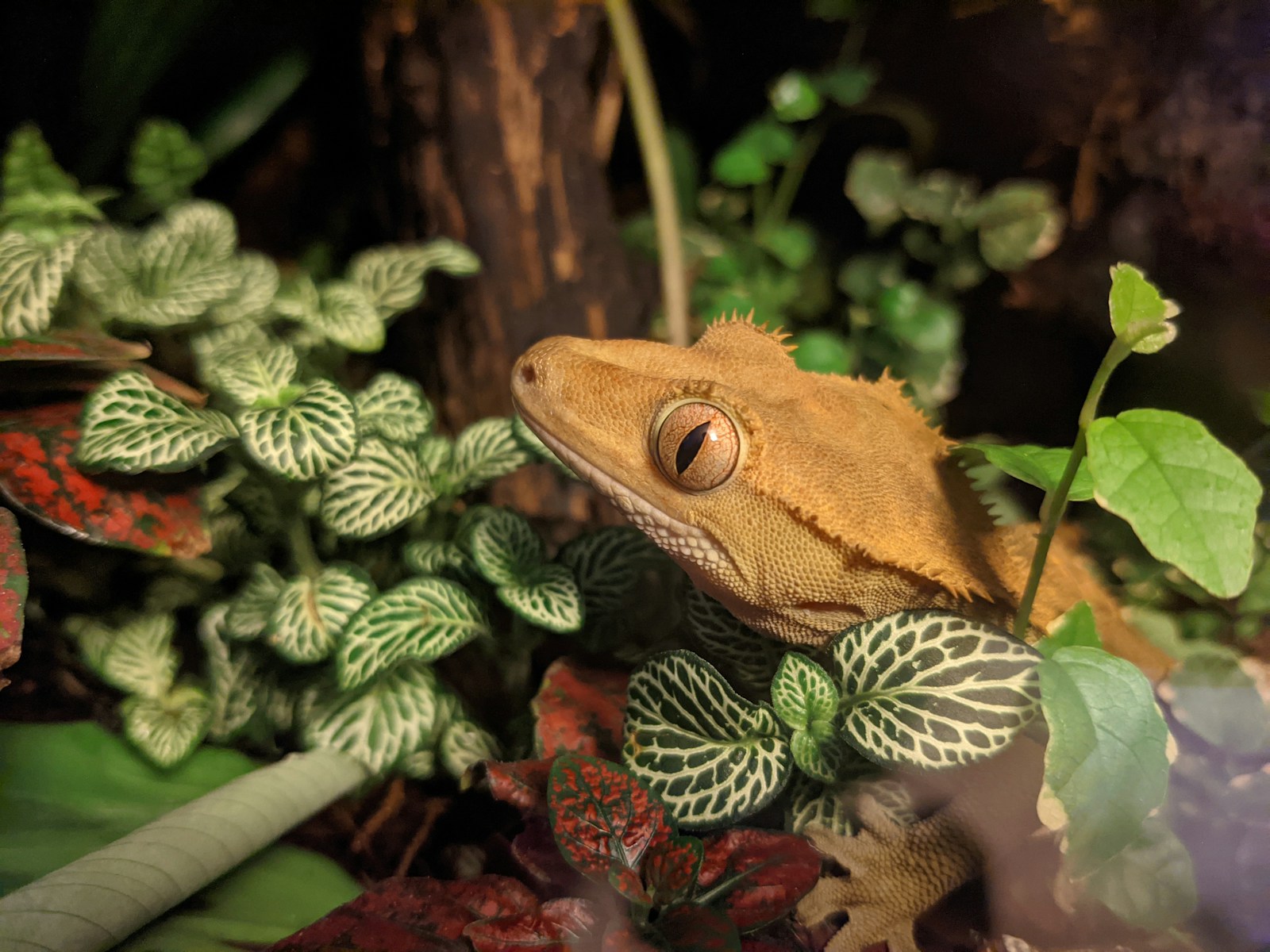
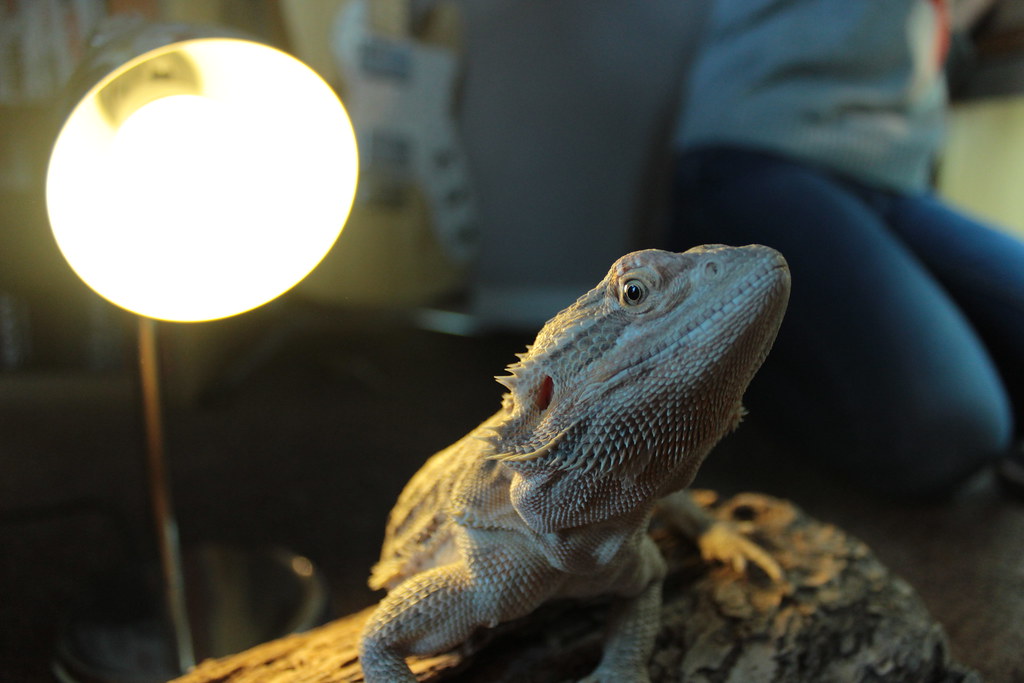
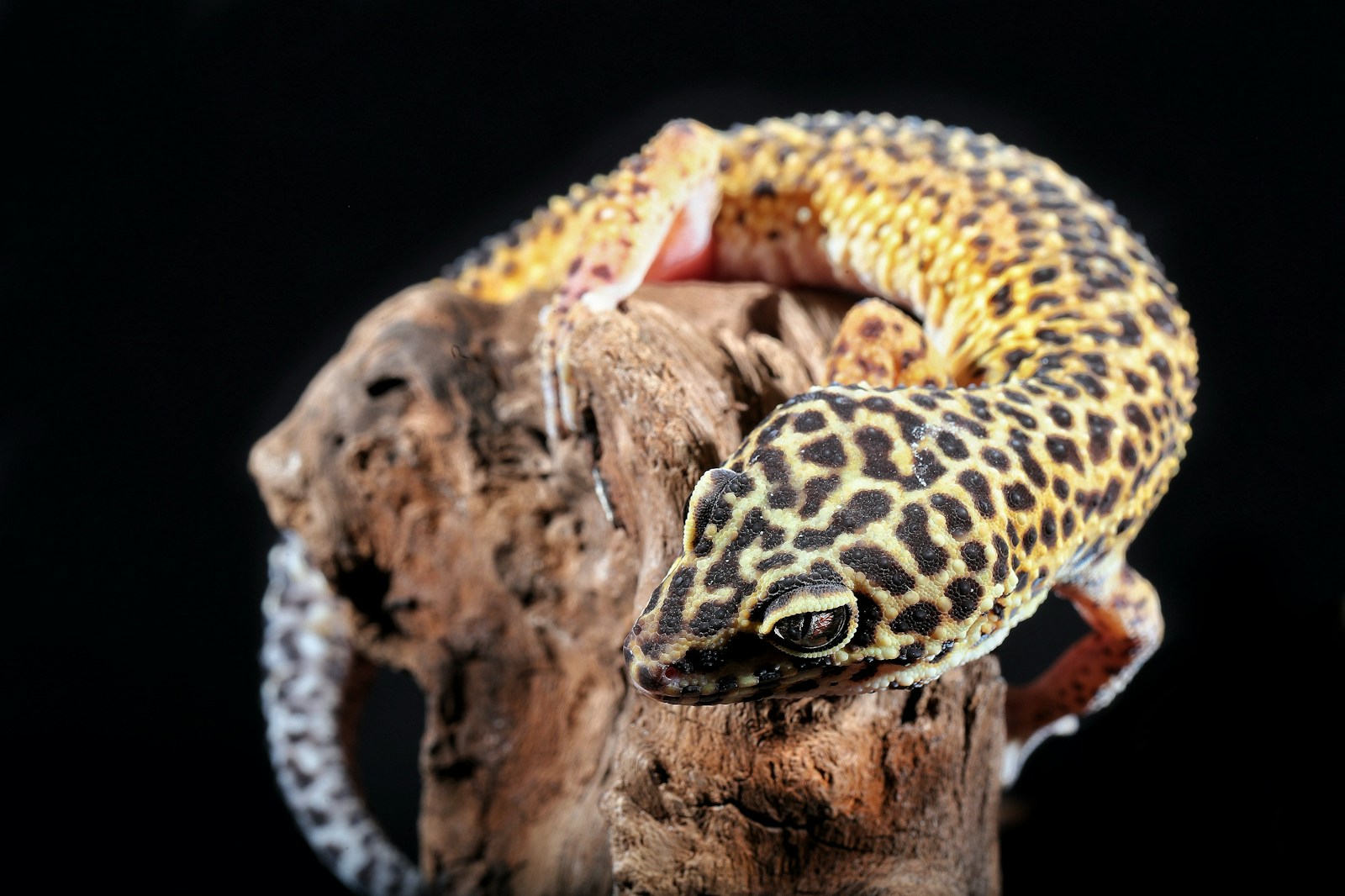

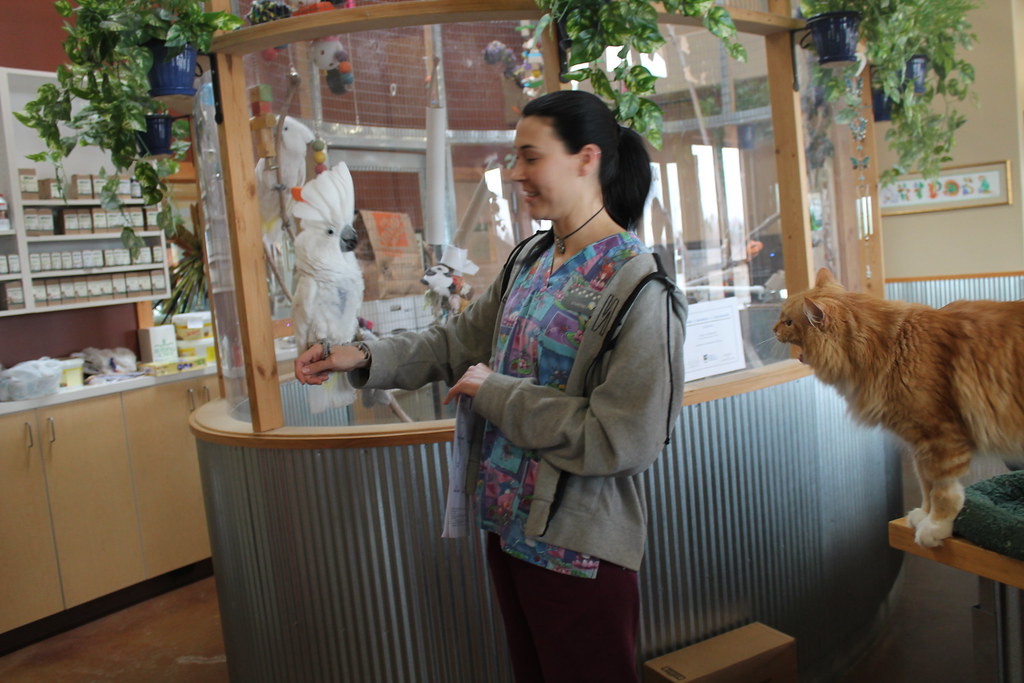

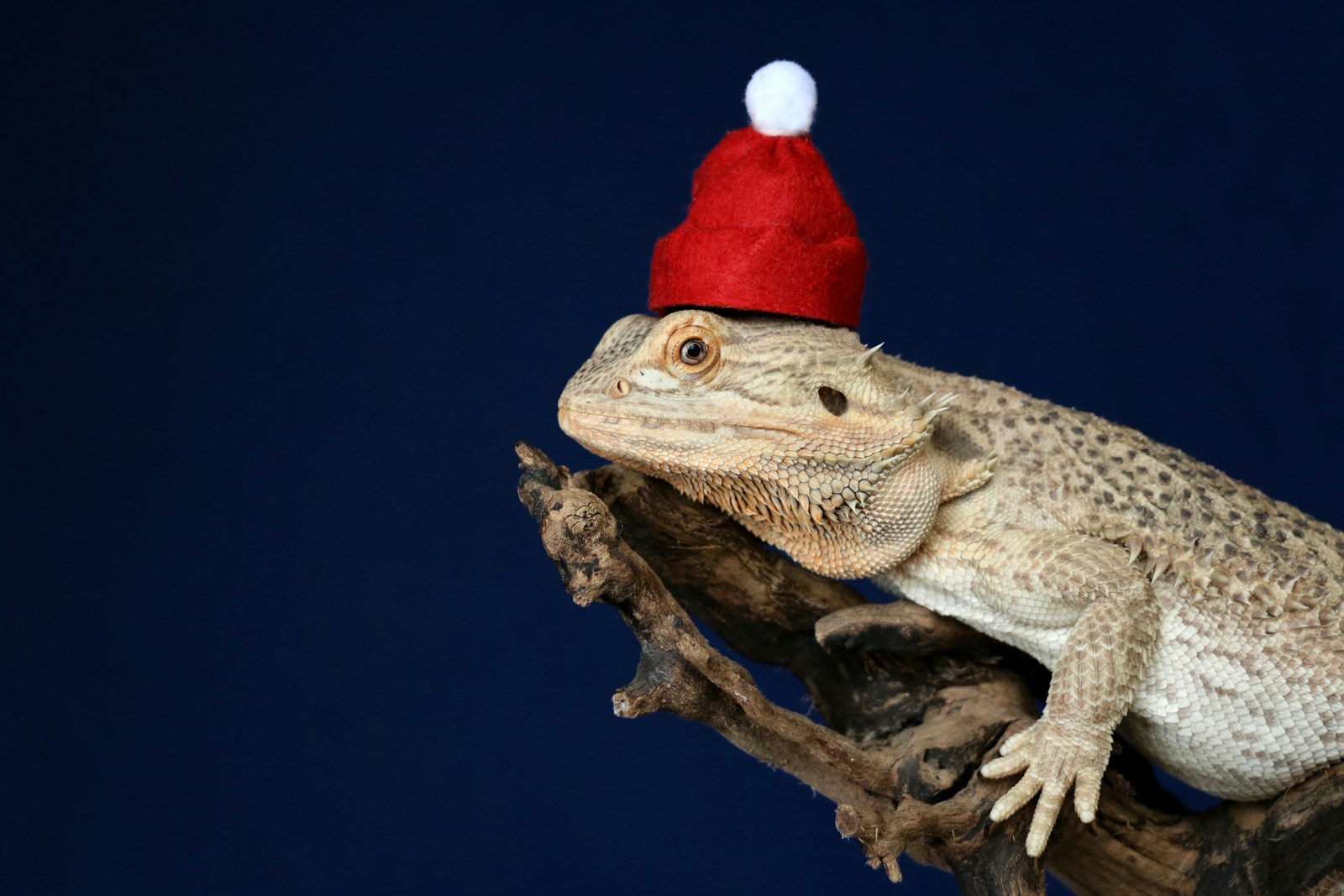

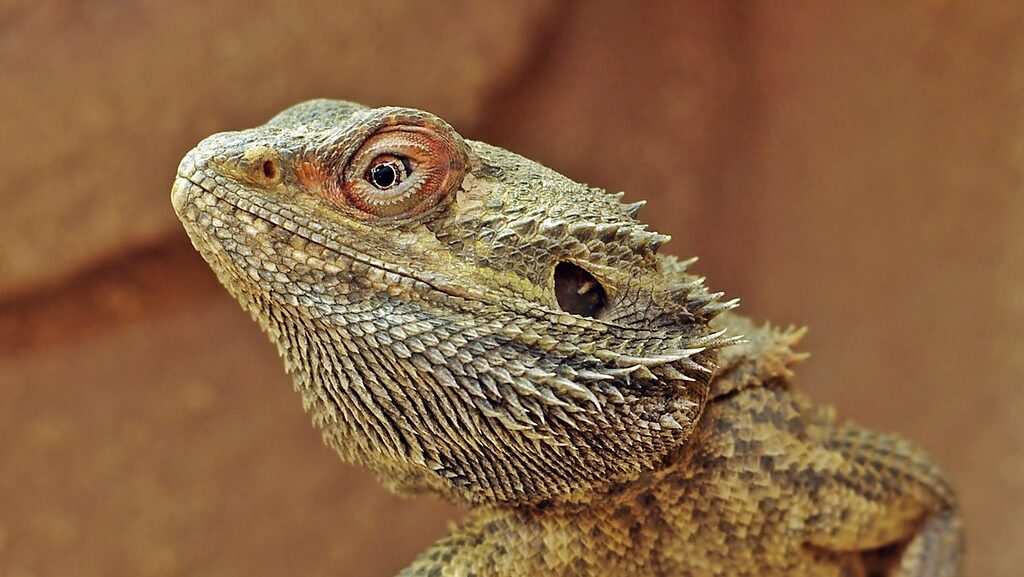
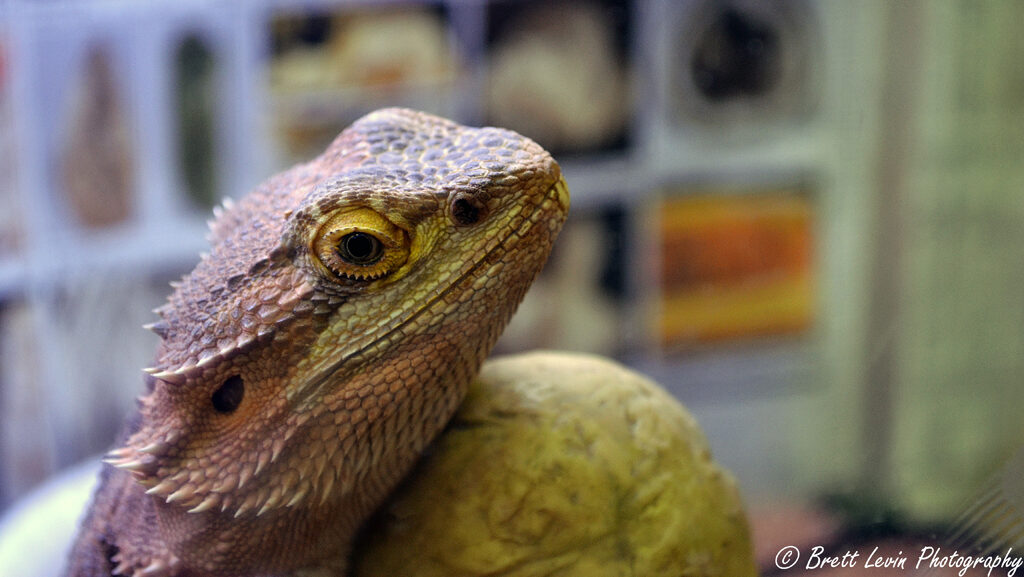
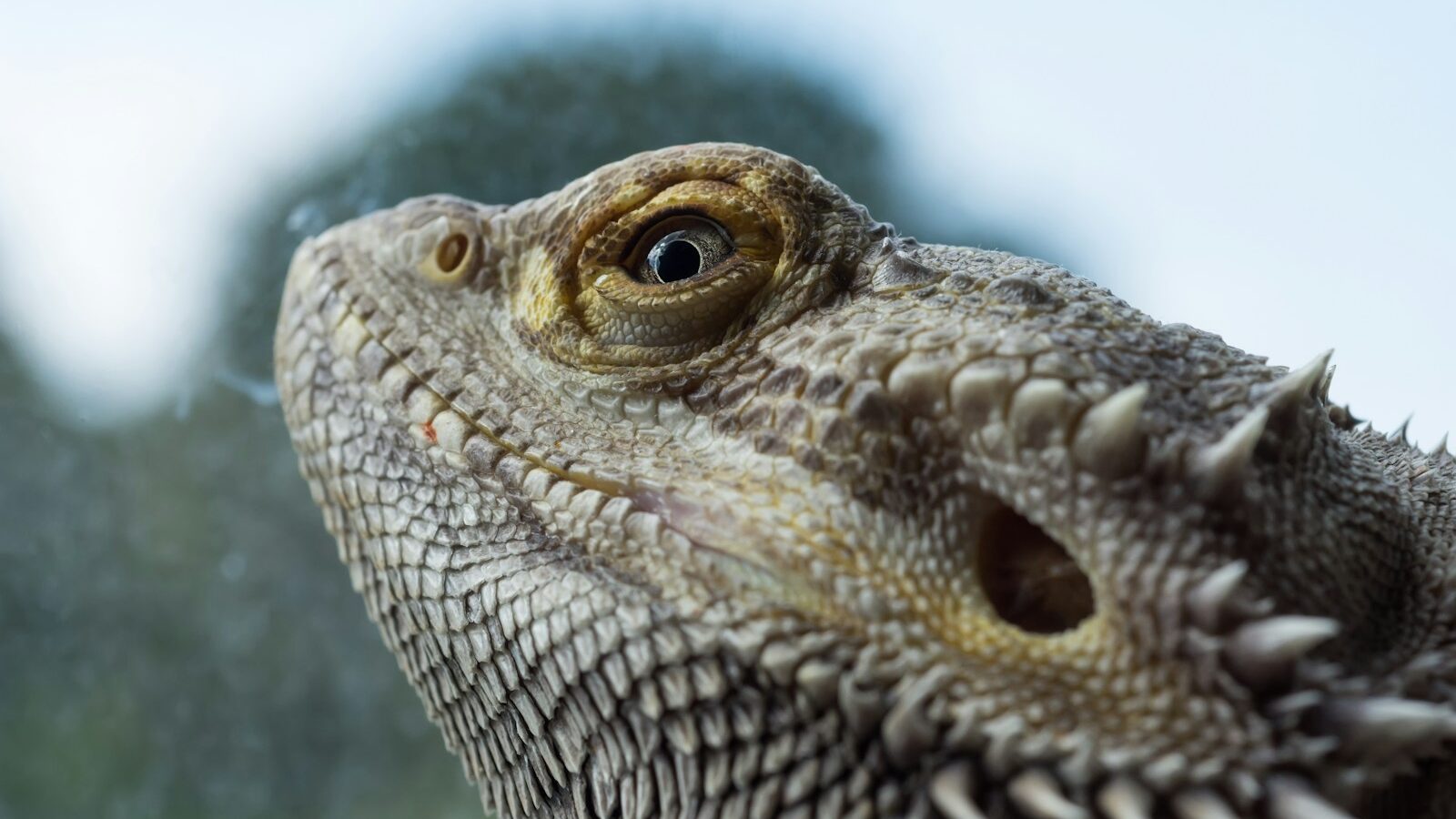

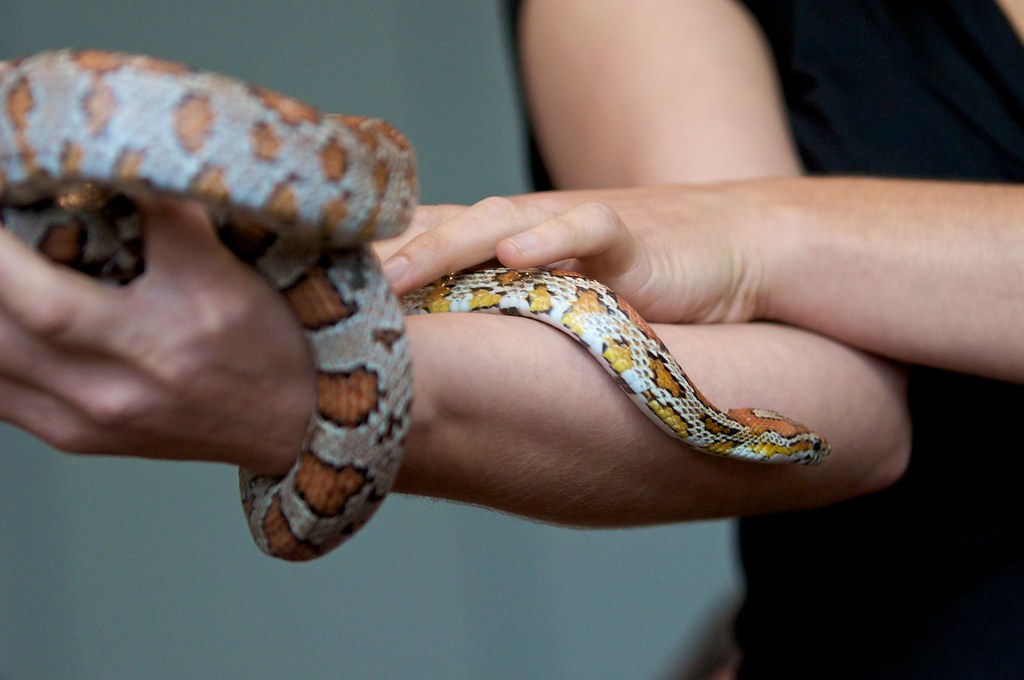

Leave a Reply